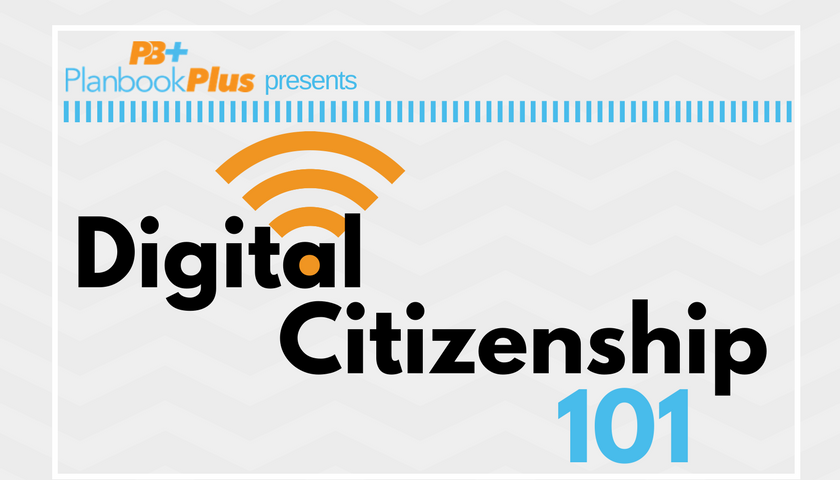
Digital Citizenship 101
Have you heard? School districts around the country are going 1:1! Are you ready? Of course you are! The times of projecting powerpoint slides on the front board are over. Interactive boards are no longer the next new thing. “Put your phones away” is a saying considered unacceptable in some parts. You’ve made it through all of these movements. As times change, we must adjust. Contrary to popular beliefs, while the tools we use have changed, the way we deliver our instruction has not. Now the newest tools are 1:1 devices. Students are or will be strolling in with brand new laptops or tablets. You will put your worksheets online and post assignments on the learning management system the district uses. Maybe you’ll even create an interactive lesson! But how is any of that different than what you normally did? In this introductory lesson, we will discuss how to best approach 1:1 initiatives and digital citizenship. Yes – another buzzword! But don’t worry, this one is meaningful.
Jeff Mao of Common Sense Education puts the vision quite well: “avoid keeping your students in lockstep.” Rather than using 1:1 to continue more of the same – allow 1:1 to give students what they need…WHEN they need it. For example, ask the students to create a movie that illustrates the impact of the Industrial Revolution on the development of America. Each student will take a different approach, and require assistance at different times. Meanwhile, other students may take the time to not only do the research, but expand on the concept. Hidden underneath is Universal Design for Learning!
But then the students take the device home with them. Now, we have an additional responsibility – teach your students how to appropriately use technology. Digital Citizenship does not just include internet safety. It also includes privacy and security, digital footprints, self-image, and information literacy. Students must now understand that anything published online will permanently live online. They need to know that there are certain biases online that will impact the way they feel about themselves. Finally, they need to realize that they have a responsibility to question the news they read and determine which is authentic news and which is “fake news.” Yes, it is a lot. But don’t fret, we have some simple suggestions to help you embed digital citizenship into your current lessons:
- Information Literacy: Create a “cheat sheet” that asks a few simple questions to determine the validity of information. Use it as they complete assignments. For instance, with our Industrial Revolution assignment – the students may be required to complete a “checklist” with these questions and to confirm the information is accurate.
- Digital Footprint: You don’t need to force the students to publish their work online to teach this lesson. However, you can have them publish it on a google site for their peers to review. Even better – have them publish it to a google site that is shared with some professional colleagues you have that are willing to give feedback. Now, students understand the footprint they leave, AND they can appreciate the value of feedback.
- Privacy and Security: Review the school district’s acceptable use policy at the beginning of the year. After it is reviewed, create a class-wide “digital bill of rights.” Review this whenever you create an assignment that entails the use of technology.
- Self Image: Give students the creative license to create a product however they want. As long as it is productive, what does it matter if they create a website, a video, or rap a song? Show them that it is okay to be unique and to put themselves out there in a safe manner. Encourage creativity and independence.
These are just a few ideas to get you started. However, if you already have well-planned lessons, it should not be difficult to add these simple aspects into your lesson. You will give your students a great lesson to help them become digital citizens. Try it out with a current lesson in Planbook Plus and let us know how it goes!
